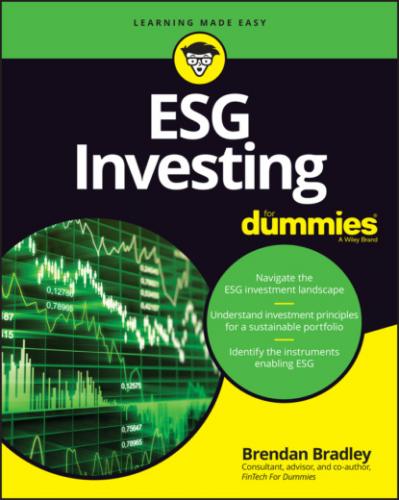Defining an ESG Policy
Developing a responsible investment policy doesn’t need to be a burdensome task. The methodology applied to “policy writing” needs to be inclusive to confirm representation of all relevant and material viewpoints. You could use existing channels of communication with stakeholders and integrate their input on the contents of your policy. Such approaches to an ESG policy should be informed by the internal review process, appointment of external service providers, stakeholder soundings, and so on. Within the planning stage, it’s crucial to ensure that ownership of the policy and outcomes is driven by the highest possible management within the organization. In addition, cultural fit and organizational governance buy-in are essential elements in effective policy-making. Planning can also be supported by following wider industry guidance on ESG integration — there is no need to reinvent the wheel when there is so much best practice and peer analysis that can be followed.
This section provides a “whistle-stop” overview of some of the key factors to incorporate. Flip to Chapter 13 for details on building an ESG strategy.
Familiarize yourself with ESG and asset owner–specific legislation
Local jurisdictional law may require pension funds and other investors to have a statement of investment principles, or their fiduciary duty may oblige trustees to consider any ethical or ESG issues that are financially material. Similarly, other jurisdictions explicitly require diversity and inclusion to be considered as material ESG factors in their investment analysis and decision-making. In short, given the growing acceptance of responsible investment practices, most pension funds already subscribe to various methods of ESG investing. In many countries, the corporate governance and stewardship codes can also provide valuable insight when developing an ESG policy, which should consider the performance of investment portfolios to varying degrees across companies, sectors, regions, and asset classes.
Undertake a peer review
It may sound obvious, but investigating how your peers have communicated their ESG policies can be invaluable. This is because given policies may be more applicable to given industry sectors or geographical locations, while there may be specific elements that could be followed or excluded, depending on the specifics of your company.
Review your statement of investment beliefs and core investment principles
Specify responsible investment guidelines
Recognize the responsible investment practices that leverage your organization’s investment process and philosophy, and consider how your policy will relate to both internally and externally managed assets. Moreover, analyze jurisdictional specificities and legal aspects that could affect the guidelines.
There should be minimum ESG standards that your organization expects investee companies to follow. These standards may initially constitute a high-level statement on ESG goals but should ultimately include specific details on how companies need to manage particular issues and adhere to established standards. Differing guidelines and procedures may vary across different asset classes, including listed equities, bonds, private equity, real estate, hedge funds, and commodities. Specific guidelines could be devised for the asset classes that you regularly invest in, while the policy could be more generally applied to emerging asset classes. External investment managers should be expected to have their own ESG policy in place or agree to adopt the asset owner’s policy. Ultimately, guidelines on manager selection and monitoring could include ESG expectations in the Request For Proposal (RFP) and requirements on reporting of ESG issues.
Outline responsible investment procedures
This part of the policy should outline which ESG approaches your organization will implement. These approaches could include positive and negative screening, ESG integration, themed investing, and active ownership. Further elaboration on specific sustainability themes or what you’ll abstain from investing in should be outlined, along with the thinking behind those approaches. Additional information on impact investing could be incorporated here. Last but not least, there should be clear guidelines on how ESG issues will be integrated into the investment analysis and processes across different asset classes.
Include engagement and active ownership approaches
Depending on the stance of your organization, it may be appropriate to include proxy voting and engagement guidelines in your ESG policy. This should include some general guidelines on what ownership activities you’ll use or prioritize. These activities could include annual general meeting (AGM) participation and proxy voting, ongoing engagement with the investee companies, addressing specific issues around raising shareholder resolutions, and requesting a seat on the board.
This section could also be used to clarify responsibilities — for example, whether ESG integration will be covered in-house or by external managers. Likewise, will active ownership activities be administered by internal staff or outsourced? Just as important, who will supervise the range of activities undertaken by different actors within this approach?
Spell out reporting requirements
